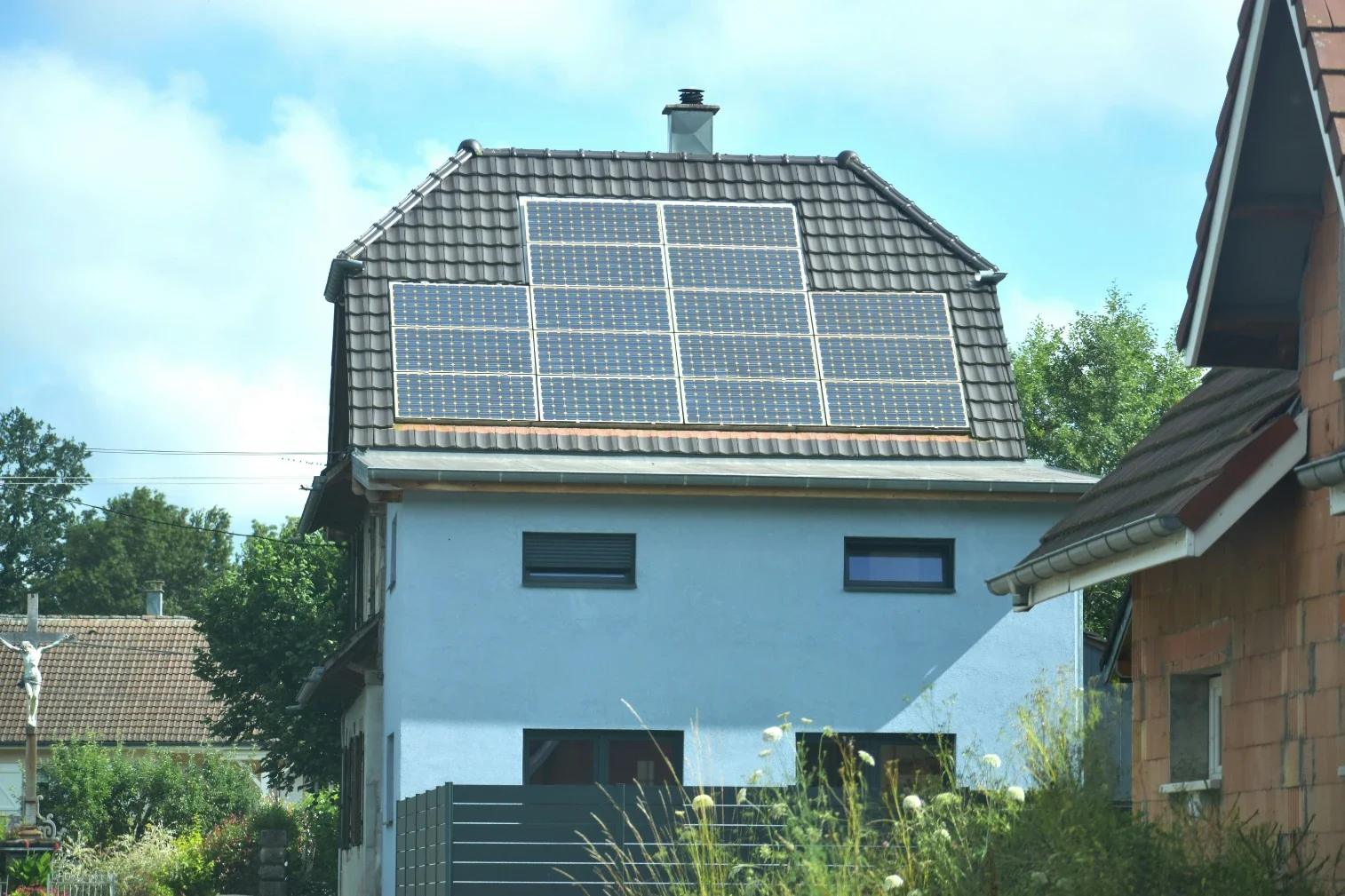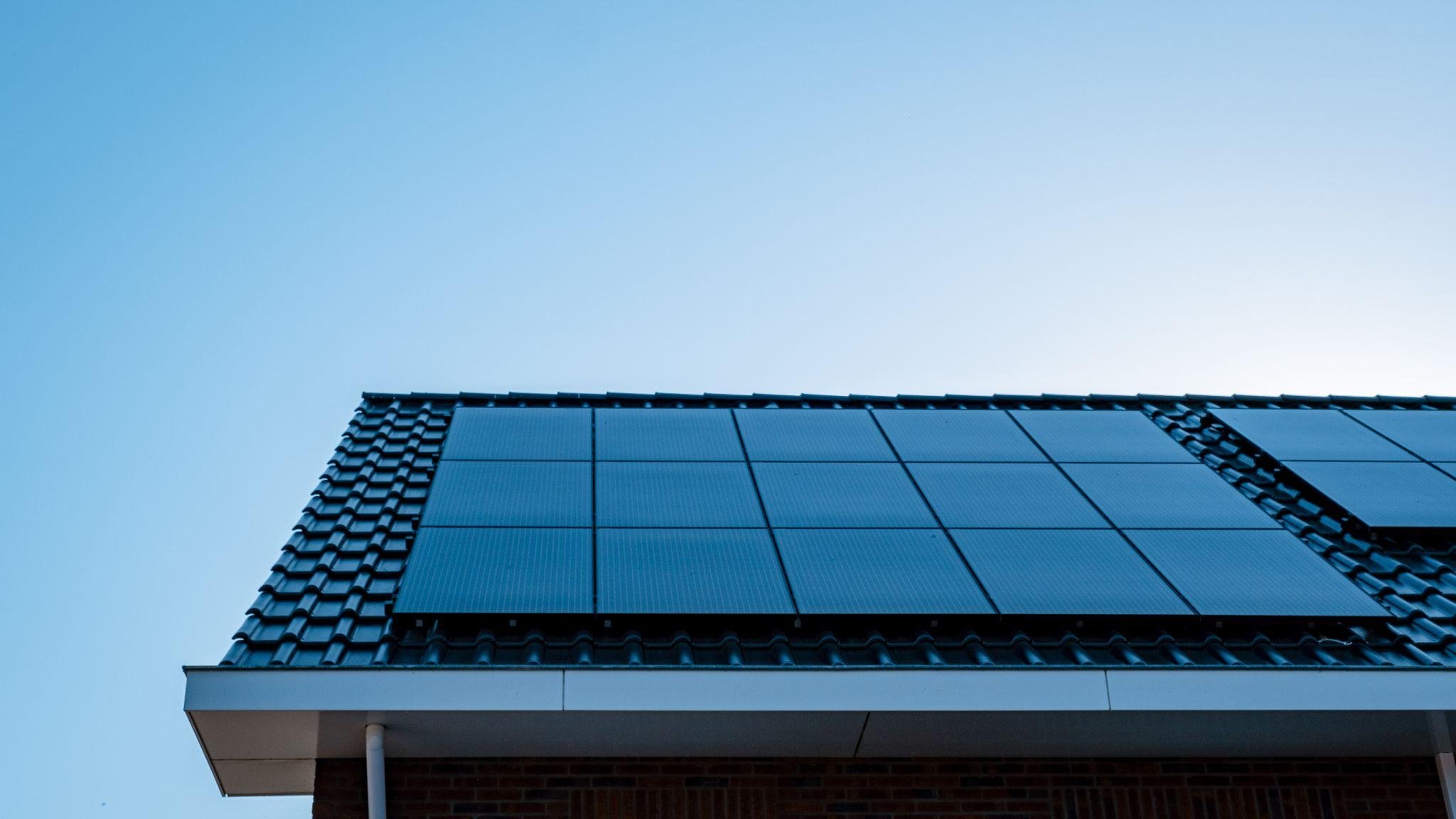Why Now is the Perfect Time to Make the Switch to Solar Energy
Find out why now is the perfect time to switch to solar energy, with insights into cost savings, environmental benefits, and advancements in solar technology.
Are you considering a sustainable shift in how you power your home or business? Now is the opportune moment to embrace solar energy, a decision that promises significant economic advantages and positions you at the forefront of environmental stewardship. With governments rolling out enticing incentives and rebates, solar energy has never been more accessible. Technological advancements have dramatically improved efficiency and storage capabilities, making solar installations a smarter investment than ever before. Moreover, adopting solar can enhance your property's value while substantially reducing your carbon footprint. This article delves into the myriad benefits of solar energy, from the financial to the ecological, and offers insights into the installation process and the bright future of solar technology. Join us in exploring why transitioning to solar energy is a wise, forward-thinking choice for the planet and your pocketbook.
Harnessing the Power of the Sun: The Economic Benefits of Solar Energy
Experts at Sun Valley Solar Solutions say that embracing solar energy now is more than a step towards sustainability. It's a financially smart move for individuals and businesses. The decline in solar panel costs, combined with increasing efficiency rates, has significantly improved the economic viability of solar investments. A notable case study is the project undertaken by Google, which committed to powering all its operations with renewable energy. By investing in solar energy, Google reduced its carbon footprint and locked in low electricity rates for the future, showcasing the potential for substantial long-term savings and a strong return on investment.
Moreover, government incentives and tax credits play a pivotal role in enhancing the attractiveness of solar energy. In the United States, the federal solar tax credit allows homeowners and businesses to deduct a portion of their solar energy system costs from their taxes, immediately reducing the overall investment required. This, coupled with various state-level incentives, has led to a surge in solar installations. A study by the National Renewable Energy Laboratory (NREL) highlighted that states with consistent incentives have seen the most significant growth in solar adoption, underscoring the importance of supportive policies in making solar energy an economically beneficial choice.
Solar Incentives and Rebates: How Policy is Making Solar More Accessible
The solar energy landscape is becoming increasingly favorable for homeowners and businesses, thanks primarily to a robust solar incentives and rebates framework. These financial mechanisms are designed to lower the barrier to entry, making solar installations more affordable and attractive. From federal tax credits to state-specific rebates, the range of incentives available can significantly reduce the upfront costs of solar panels, thereby accelerating the return on investment for end users.
One of the most impactful incentives at the federal level is the Investment Tax Credit (ITC), which allows individuals and businesses to deduct a significant percentage of their solar installation costs from their federal taxes. The specifics of the ITC can change, but its existence has been a cornerstone in the decision-making process for many considering the switch to solar. Additionally, many states offer their own incentives, which can include:
Direct rebates that reduce the initial cost of solar systems.
Performance-based incentives that provide payments based on the amount of electricity your solar system generates.
Property and sales tax exemptions to further ease the financial burden of solar adoption.
Beyond these direct financial incentives, policies such as net metering allow solar panel owners to sell excess electricity back to the grid, turning their solar systems into revenue sources. This policy not only makes solar energy more accessible but also more profitable for those who invest in it. As governments continue to recognize the importance of transitioning to renewable energy, the scope and scale of solar incentives and rebates are likely to expand, making now an opportune time to consider switching to solar energy.
The Environmental Impact: Reducing Your Carbon Footprint with Solar
Switching to solar energy is a significant step in reducing our environmental impact. By harnessing the sun's power, a clean and inexhaustible energy source, households and businesses alike can significantly lower their carbon emissions. This shift contributes to combating climate change and promotes a more sustainable and eco-friendly lifestyle. Utilizing solar panels decreases reliance on fossil fuels, a significant source of greenhouse gas emissions. This transition is crucial for preserving our planet for future generations, making now the perfect time to consider solar energy a viable alternative.
Moreover, the adoption of solar energy reduces air pollution, a pressing issue in many urban areas. Solar panels produce energy without emitting harmful pollutants, contributing to cleaner air and a healthier environment. This is particularly important for communities near power plants and industrial areas, where air quality can be a significant concern. Investing in solar energy reduces your carbon footprint and plays a vital role in enhancing public health by mitigating air pollution. The conclusion is clear: transitioning to solar energy is not just an investment in your future but also our planet's future.
Advancements in Solar Technology: Efficiency and Storage Solutions
Recent years have witnessed remarkable progress in solar technology, making it more efficient and accessible. A pivotal aspect of this evolution is the significant improvement in photovoltaic (PV) cell efficiency, dramatically increasing the amount of electricity generated from the same surface area. Coupled with advancements in battery technology, solar energy systems can now store surplus energy more effectively, ensuring a consistent power supply even during periods without sunlight.
Solar Energy and Home Value: A Smart Investment for Homeowners
Investing in solar energy is about contributing to a greener planet and making a wise financial decision for homeowners. The installation of solar panels significantly boosts home value, offering an attractive feature for potential buyers. Studies have shown that homes equipped with solar energy systems sell for a premium, often seeing an increase in sale price of up to 4.1% compared to non-solar homes. This premium makes the property more appealing and speeds up the sale process, as energy efficiency becomes a top priority for homebuyers. Homeowners can enjoy the dual benefits of reduced electricity bills and a higher resale value, making solar installations a lucrative investment.
Understanding the financial incentives associated with solar energy can further highlight its appeal. Governments and local authorities often offer substantial subsidies and tax incentives to encourage the adoption of renewable energy sources. Here is a breakdown of the potential financial benefits:
Tax Credits: Many regions offer significant tax credits for installing solar energy systems, directly reducing the net cost of your investment.
Rebates and Incentives: Additional rebates and incentives from local governments and utility companies can further decrease the initial outlay for solar panel installation.
Increased Energy Independence: Generating your own electricity protects you against rising energy prices and enjoys greater energy security.
These financial incentives and the environmental benefits of reducing carbon footprint make solar energy a compelling choice for homeowners looking to invest in their properties and the planet's future.
Making the Switch: Understanding Solar Installation and Maintenance
Deciding to transition to solar power is a significant step towards sustainability and energy independence. The process begins with a professional assessment of your property to ensure it is suitable for solar panel installation. This evaluation considers roof condition, orientation, and potential shading from trees or other structures. Optimal placement is crucial for maximizing energy production. Following this, a detailed plan outlines the system size, potential energy production, and cost savings. Partnering with a reputable solar provider is essential to navigate these initial steps smoothly.
Installation is the next critical phase, typically completed within a few days, depending on the system's complexity. High-quality solar panels and components are essential for long-term reliability and efficiency. The installation includes:
Mounting the panels.
Connecting the electrical systems.
Integrating the solar setup with your home's power grid.
A professional installation ensures that the system adheres to local building codes and electrical standards, which are paramount for safety and performance. Post-installation, the system undergoes thorough testing before it becomes operational.
Maintenance of solar panels is relatively minimal, yet it plays a vital role in sustaining peak performance. Regular cleaning to remove dust, debris, and snow and periodic inspections are recommended. Most solar systems come with a warranty of 20 to 25 years, highlighting their durability and the manufacturers' confidence in their longevity. However, it's wise to have a maintenance plan to address any unforeseen issues promptly. Proactive maintenance extends the life of your solar installation and ensures it operates at optimal efficiency, maximizing your investment and environmental impact.
The Future is Bright: Solar Energy Trends and Predictions
With the global push towards sustainability and renewable energy sources, solar power has emerged as a leading solution for environmental and economic challenges. The cost of solar panels has plummeted over the past decade, making them more accessible to a broader range of consumers and businesses. This trend is expected to continue, driven by advancements in photovoltaic (PV) technology and increased manufacturing scale. A notable case study is the project initiated by the International Renewable Energy Agency (IRENA), which saw a dramatic increase in solar energy adoption in developing countries, underscoring the viability and economic benefits of solar energy on a global scale.
Market analysts predict a bright future for solar energy, with an anticipated compound annual growth rate (CAGR) of more than 20% over the next five years. This growth is not just limited to residential or commercial sectors but also expands into utility-scale solar farms. Countries like China and India are leading the way in solar energy production, setting ambitious targets for renewable energy generation. These efforts are supported by significant investments in solar technology research and development, aiming to increase efficiency and reduce the cost of solar energy systems further.
One of the most compelling arguments for the switch to solar energy is its potential to reduce carbon footprints significantly. A study by the National Renewable Energy Laboratory (NREL) highlighted that buildings in the U.S. could meet up to 75% of their electricity needs through rooftop solar panels alone. This shift not only represents a substantial reduction in dependency on fossil fuels but also positions solar energy as a key player in combating climate change. Integrating solar with emerging technologies such as battery storage and smart grids is set to revolutionize the energy sector, making solar power more reliable and accessible.
















